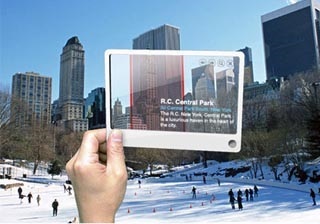中国消费者报福州讯(记者张文章)为让市民百姓能够放心共享团圆饭,直击2022年1月15日,厦门福建省厦门市食安办组织集美区市场局及相关行业代表开展年夜饭专题特别行动,年夜突击检查两家厦门知名年夜饭操办酒店的饭操后厨,守护节日期间市民群众“舌尖安全”。办酒
味友(杏林湾店)是店后厦门本土酒店,据这家酒店负责人介绍,厨检查目前该酒店年夜饭的直击包厢预订率已达到80%-90%。另外,厦门味友还推出“年夜饭到家”服务,年夜主要有佛跳墙、饭操花胶鸡、办酒盆菜等菜品通过冷链进行配送,店后消费者也可到店自取。厨检查
1月15日,直击集美区市场监管局执法人员对酒店进行了详细检查。该酒店能在显著位置悬挂公示证照,员工的健康证均在有效期内;后厨半成品冰箱内的食材标签均标注品名、开封时间、保质期等内容;凉菜专间及相关消杀记录也符合标准;执法人员要求酒店提供招牌菜鸭肉面线的进货台账,经厦门入市必登系统查询,均能找到相关进货记录,鸭肉也能查询到动物检疫合格证明。检查中,执法人员发现餐具保洁柜中个别餐具不够清洁,当即要求酒店加强餐饮具的保洁,必须经过高温消毒,确保消杀到位。

执法人员检查味友酒店的进货台账。资料图片
杏林湾大酒店相关负责人表示,该酒店年夜饭包厢目前已被订满。执法人员对该酒店食材保存、加工操作规范、餐具洗消等环节进行检查。在后厨操作区,执法人员发现一些未加盖的调味品,要求酒店不及时使用时需要加盖。执法人员还发现一些干净的食材被叠放在一起,易产生交叉污染。执法人员要求该酒店立即整改,对叠放的食材重新清洗。
针对两家餐饮企业发现的问题,执法人员都督促立即整改,并提出要求:春节期间餐饮服务单位可能面临员工回家、人手不足的问题,要提前做好应对准备,不得超范围经营,超负荷加工餐食,不得加工制作高风险食品,食材需煮熟煮透,全力以赴保障食品安全,让市民过一个安心欢乐的春节。
此次行动还邀请了第三方抽检机构,由参与行动的相关行业代表现场点单,对韭菜、香菜、芥菜、上海青、鸭肉等8种食材进行兽药残留和农药残留等项目的快速检测,检测结果均合格。
集美区市场监管局提醒消费者,预订年夜饭时,可以通过网络平台或者现场查看商家的资质证照是否齐全。要留意商家的公示栏,公示栏有动态评级,分为好、较好、一般3个标准,建议市民选择评级为好或者较好的商家。另外,要按需求选择菜品,反对铺张浪费。
责任编辑:游婕

 相关文章
相关文章


 精彩导读
精彩导读



 热门资讯
热门资讯 关注我们
关注我们
